Top 10 Green Heating & Cooling technologies

Compared to the usual standard heating and cooling systems, going green is better for the environment helping to eliminate greenhouse gasses. Furthermore, these green systems also help people save money on their energy needs.
Below are some Green Heating and Cooling Technologies which are worth a mention:
1. Geothermal – Within the earth, there is a lot of heat in the form of hot water and steam. The deeper you go, the hotter it is. But you don’t have to go too deep to take advantage of this energy. A few feet below the surface, the temperature of the water remains constant all year round. Geothermal systems don’t tap straight into the earth’s heat, rather, geothermal homes use heat pumps to utilise the constant temperature of geothermal underground wells. The heat pumps contain a fluid, which could be either water or a refrigerant. When cold outside, the fluid absorbs the earth’s heat and brings it inside to warm the air. In summer, the heat exchange works the other way around thereby cooling the house.
2. Solar (Passive) – The sun is the ultimate provider of green energy, is constant, renewable and won’t run out anytime soon. Passive solar energy is simple, has little to no moving parts and requires minimal upkeep. Passive solar-energy systems are designed to use natural principals of heat transfer instead of machines such as furnaces and air conditioners. Passive solar technology uses the building’s walls, windows and floors to collect, store and release the sun’s energy. However, passive solar homes still need mechanical equipment, such as a forced-air system or radiant flooring to keep the temperatures cool in the summer and warm in the winter. The easiest passive solar design systems to install are called “direct gain”. In direct gain systems, sunlight passes through windows and then converted into thermal energy. The walls and floors directly absorb and store the heat energy. As long as the room temperature is high, the interior of the home will hold onto the heat. When the temperature drops at night, the stored heat radiates through the living space. Builders can also install plastic or metal water pipes inside a wall. When the sun hits the walls, the water in the pipes heat up and is then pumped throughout the house as a source of heat.
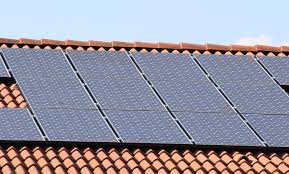
3. Solar (Active) – Solar cells contain photovoltaic materials, which convert sunlight directly into electricity. Solar cells capture tiny photons of light and release electrons. When these fast-moving electrons are captured, the result is an electric current that can be used to light a bulb or power a machine. That electricity can then be used to heat, cool and light a house. There’s one problem however, they convert only a percentage of sunlight into energy. In addition, such photovoltaic systems can be expensive. There are cheaper active solar heating systems on the market which use liquids, including water, or air. In these systems, the liquid or air is able to absorb the sun’s energy through a collector which then transfers the sun’s heat directly to the home or into a storage system where it is then dispersed throughout the house.
4. Biomass – This refers to energy which comes from living things, such as trees and plants. The energy from biomass is natural and renewable. The plants, or other organisms, absorb energy from the sun. Biomass heating systems take that stored energy and convert it into heat energy. Biomass is sustainable and cheaper than fuel oil, propane and natural gas. Modern large-scale biomass systems burn clean. For example, a woodchip system emits fewer pollutants than a wood stove. Biomass systems do not produce as much carbon dioxide as fossil fuels. When burned, fossil fuels release carbon that was once trapped inside earth. When biomass is burned, it releases only the carbon the plant would have released upon its death.
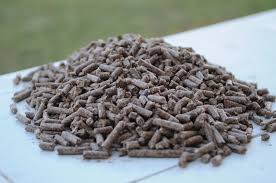
5. Biodiesel – Refers to a vegetable oil or animal fat-based diesel fuel consisting of long-chain alkyl (methyl, ethyl, or propyl) esters. Biodiesel is typically made by chemically reacting lipids (e.g., vegetable oil, soybean oil, animal fat (tallow)) with an alcohol producing fatty acid esters. Biodiesel is meant to be used in standard diesel engines and is thus distinct from the vegetable and waste oils used to fuel converted diesel engines. Biodiesel can be used alone or blended with petrodiesel in any proportions. Biodiesel blends can also be used as heating oil. The so-called BioHeat blends contain 5 percent, 10 percent or 20 percent biofuel mixed with heating oil. Can be used in an oil furnace. BioHeat releases fewer pollutants.
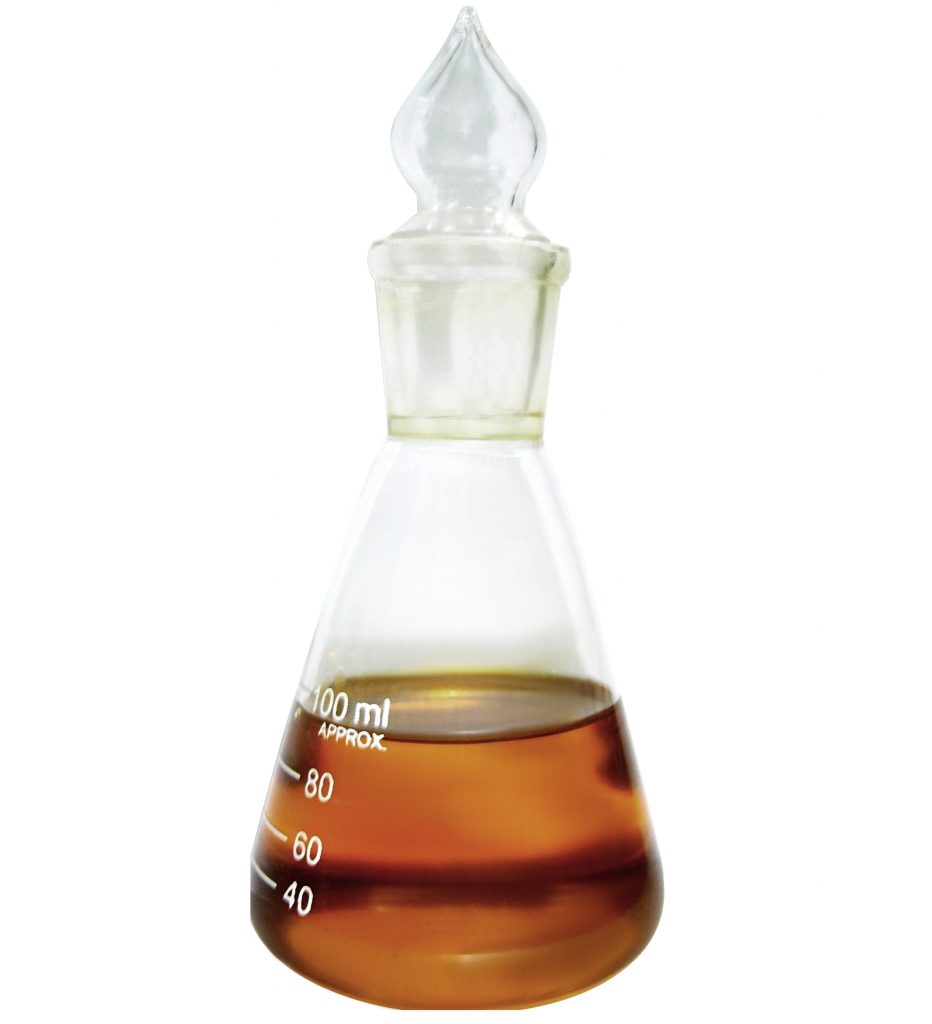
6. Ice-powered Air Conditioners – A new company called Ice Energy has developed a system which converts water to ice and then uses the ice to cool refrigerant instead of the unit’s compressor. The way it works: At night, the unit freezes 450 gallons (1,703.81 litres) of water by circulating refrigerant through a system of copper coils. The water that surrounds the coils turns to ice, which is then stored. As temperatures rise the next day, the existing air conditioning unit stands down and the ice, rather than the air conditioning unit’s compressor, cools the hot refrigerant, which keeps the building temperature nice and comfortable and cuts overall energy consumption by about 30 percent

7. Hydronic Heating Systems – Hydronic Heating systems are the use of a liquid heat-transfer medium in heating and cooling systems. The working fluid is typically water, glycol or mineral oil. Some of the oldest and most common examples are steam and hot-water radiators. Nowadays, hydronic heating systems are more sophisticated and use hot water piped through tubes that run under floorboards, through radiators or along base boards. In hydronic systems, boilers heat liquids using solar energy and geothermal energy. Most of these boilers heat water, but some systems warm other liquids, such as antifreeze. The liquid is pumped through plastic tubing into a heat exchanger, such as a radiator. In a hydronic system, heat is transferred in three ways: conduction, convection and radiation. During conduction, heat energy moves from object to object, such as a spoon in a pot of hot water. When you touch the spoon you can feel it get warm. Radiation is the transfer of energy through electromagnetic waves. You can feel heat radiation from a heat lamp. Boiling water is an example of convection. During convection, warm water rises while the cooler water sinks.
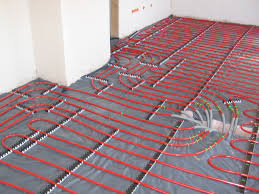
8. Absorption Heating and Cooling Systems – These are not driven by electricity, but by solar power, geothermal power or natural gas, with natural gas being the most common fuel. Absorption heat pumps work just like any other heat pump. There are however, two main differences. First, the absorption heat pump is driven by a natural gas burner instead of electricity. The second difference is that absorption pumps use a water-ammonia solution instead of a refrigerant. During the winter, that solution absorbs the earth’s heat and the pump moves the heated liquid into the house to warm the air. In the summertime, the heat exchange works in reverse.
9. Green Coal – Coal might seem like one of the environment’s worst enemies. Coal contains 25 to 90 percent carbon, which, when burned, creates noxious greenhouses gases such as carbon dioxide, sulphur and nitrogen oxide which are responsible for global warming. Using a process called gasification, scientists found a way to use the carbon in coal to strip oxygen from water, which produces clean-burning hydrogen gas for fuel. That gas can then be used to run a turbine, which produces electricity. The emissions from the process are then pumped underground, while other pollutants are converted into solids that can be burned. Therefore “Gasification” uses the carbon in the coal to bond to the oxygen in the water, which produces hydrogen, a clean-burning fuel. Waste is solid, and can then be buried
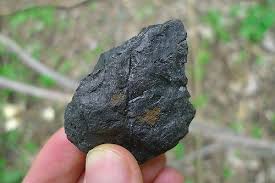
10. Wind Power – We all know that wind can generate power, but did you know that you can harness the power of wind to generate heat and you don’t even need a huge windmill in your backyard to make it work. The only requirement is enough wind to spin magnets, which heats a copper plate, which in turn heats the water. Unlike other water heaters that use electrical heating elements or open flames, the wind turbine is completely sustainable and can be bolted to a home’s rooftop, or some other location where the wind blows. The key is that there needs to be enough wind to spin the turbine.
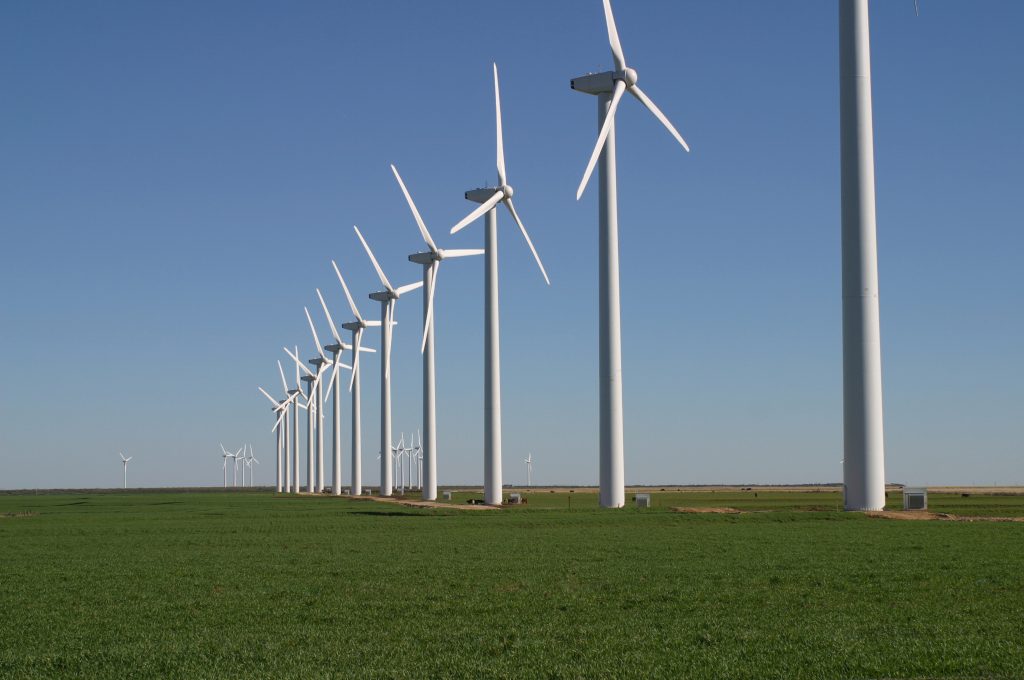
Sources: https://en.wikipedia.org/wiki/
Source: http://www.jimlavalleeplumbing.com/news/top-10-green-heating-and-cooling-technologies/
If you are interested in becoming one of our subscribers, please visit our website.
To view notes with screenshots on how to use our website, please visit our Wiki site.
To view more articles, please visit our blog.
About Liesel Du Preez
My journey with Leads 2 Business started in August 2005 in the Africa Tender Department, where I researched and uploaded Africa Tender Notifications. Once the Africa Tender Department had grown I was then promoted to Customer Relations in the IT Department in January of 2010, assisting subscribers and staff with any problems they may encounter or with any queries they may have.








isha
Each and every topic are covered in this blog about cooling.
My all queries are solve by reading this blog.
keep sharing
Sasha Anderson
Good Day,
Thanks for getting in touch with us. We value your feedback.